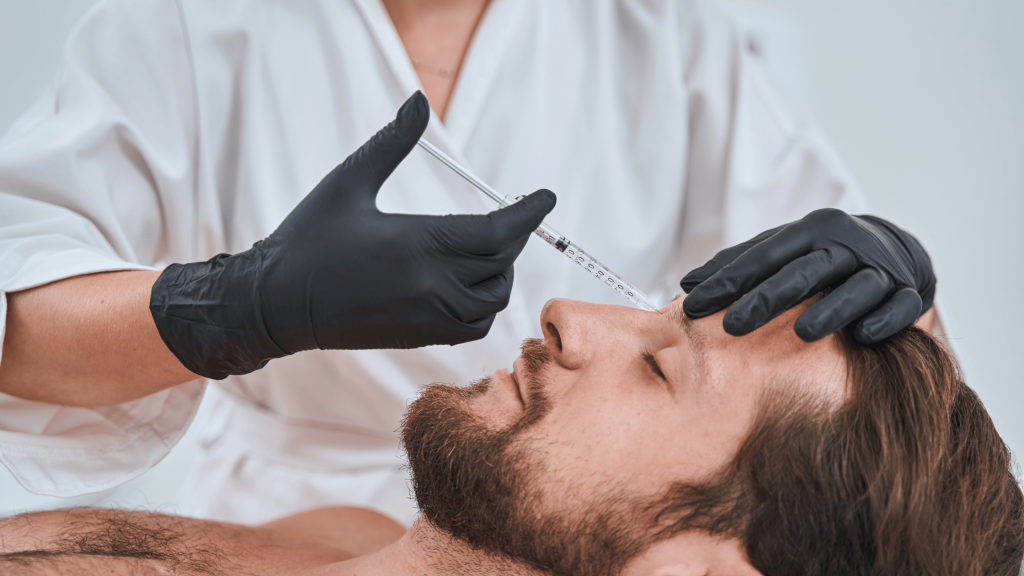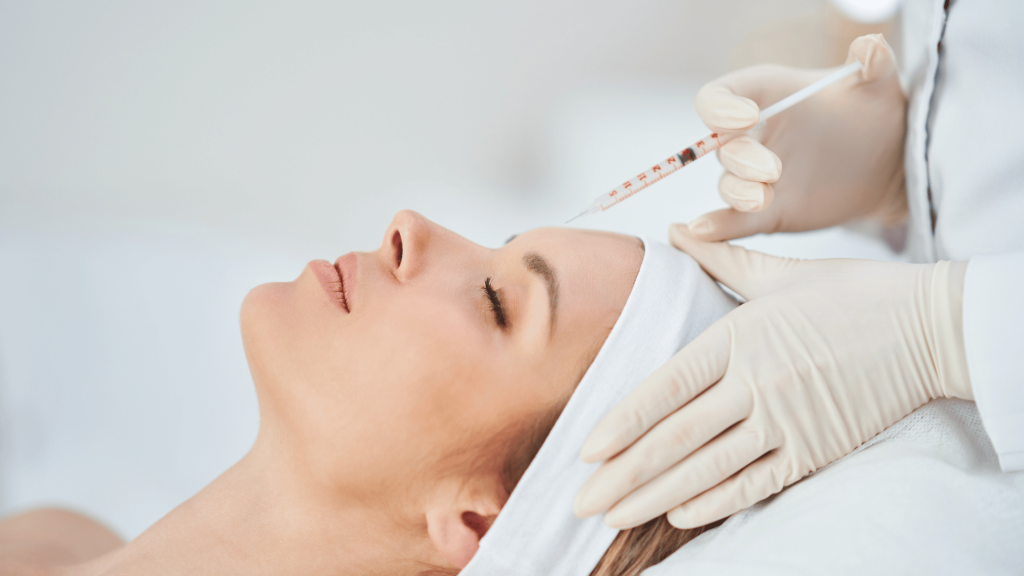
The importance of understanding the insurance aspects and consent forms cannot be overstated if you’re considering undergoing a cosmetic procedure, be it surgical or non-surgical. These crucial elements often include the ‘fine print’ that many overlook, but they hold vital information about the risks, liabilities, and the scope of the procedure.
This article aims to guide you through these often confusing documents, ensuring that you’re well-informed before you take the plunge.
Why is Understanding the Fine Print Important?
In the excitement and anticipation of enhancing your appearance, the focus generally falls on the expected results, the skill of the healthcare provider, or the cost of the procedure. However, the legal and insurance aspects are crucial components that should not be neglected. They offer a comprehensive understanding of what you’re signing up for, safeguarding you against unexpected scenarios.
The Consent Form: What You Should Look For
Here are some important aspects that you should look for in a consent form.
1. Full Disclosure of Risks
Every procedure, no matter how minor, carries some risk. The consent form should outline all potential risks, from minor side effects to major complications.
2. Procedure Details
The exact scope of the procedure should be detailed comprehensively. This includes the techniques to be used, the equipment involved, and any limitations the procedure might have in achieving desired outcomes.
3. Data Protection
Your personal data and photographs might be used for medical records or, with your consent, promotional purposes. Understand what kind of data will be stored and how it will be used.
4. Right to Withdraw
Even after signing the consent form, you should retain the right to withdraw from the procedure without incurring penalties. Ensure this is explicitly stated in the document.

Understanding Insurance in Cosmetic Procedures
Here are the reasons why insurance is important in cosmetic procedures.
1. Medical Insurance
Some medical insurance plans may cover the cost of cosmetic procedures if they’re deemed medically necessary. Understand whether your procedure falls into this category and what documentation you need to substantiate the claim.
2. Malpractice Insurance
Ensure that your healthcare provider has a malpractice insurance policy. This is crucial if something goes awry during the procedure.
3. Cancellation and Refund Policy
Life is unpredictable; you may need to cancel or reschedule your appointment. Be clear on the cancellation and refund policy to avoid any financial surprises.
Pros and Cons of Using Fine Print
Here are some advantages and drawbacks of using fine print in consent forms and insurance policies.
Pros
- Informed Decision: Knowing all the risks and liabilities ensures you’re making an educated choice.
- Legal Safeguard: In the event of unexpected complications, being familiar with the fine print can offer some legal protection.
Cons
- Overwhelming: The legal jargon and medical terms can be daunting.
- Time-Consuming: Thoroughly going through the documents takes time, which may delay the process.
Conclusion
Reading the fine print in consent forms and insurance policies might seem tedious, but it’s a vital step in ensuring you’re fully prepared for your cosmetic procedure. Remember, in healthcare, as in life, it’s always better to be safe than sorry.
Should you have any questions or require further clarification on insurance and consent forms in cosmetic procedures, consult a legal advisor or healthcare professional for expert advice.







